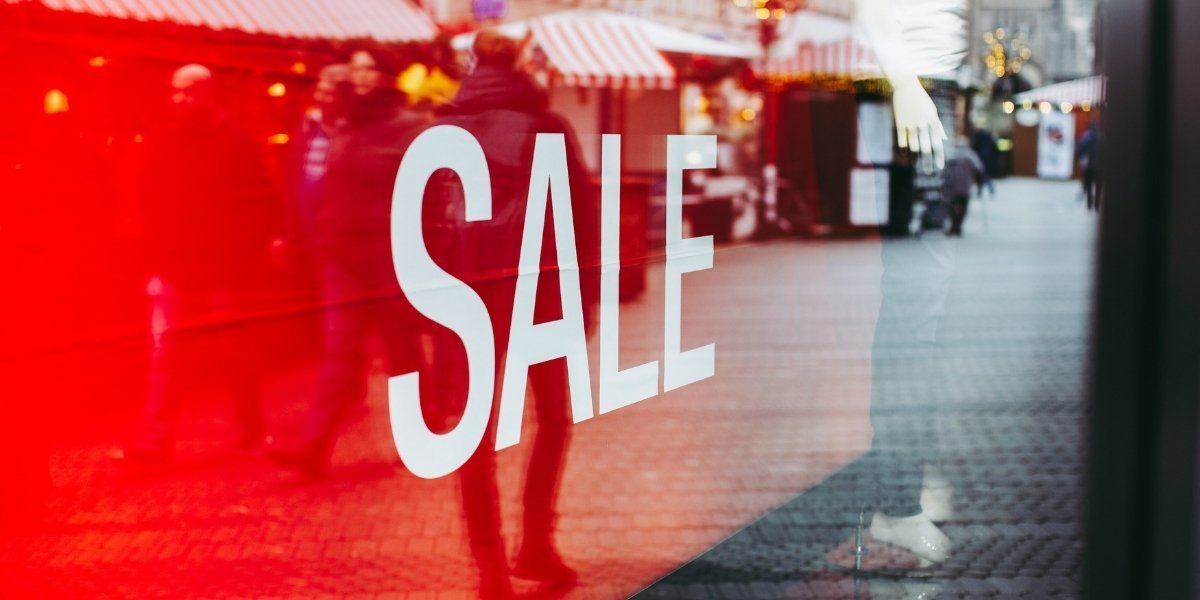The beauty industry, like many others, experienced significant disruptions and transformations due to the COVID-19 pandemic. With shifts in consumer behavior, changes in supply chains, and an increased reliance on e-commerce, the beauty market adapted to new realities. However, as economies reopen and demand begins to normalize post-pandemic, beauty stocks are facing fresh challenges and opportunities. This article will explore the key factors impacting beauty stocks in this post-pandemic landscape, focusing on revenue fluctuations, consumer behavior, supply chain issues, and other critical trends.
Revenue Fluctuations
One of the most prominent effects of post-pandemic demand normalization on beauty stocks is revenue fluctuations. During the height of the pandemic, the beauty industry experienced a surge in sales for certain products, particularly skincare, self-care items, and DIY beauty kits. As people spent more time at home, they shifted their focus from makeup to skincare routines, contributing to a boom in sales for skincare brands.
However, as the pandemic subsides and consumers return to pre-pandemic habits, there has been a shift in demand. Makeup sales are beginning to recover, but not at the pace expected, while skincare products are seeing a normalization in demand after an initial boom. This fluctuation in revenue has caused some instability in beauty stocks, particularly for companies that heavily relied on pandemic-driven trends. Beauty brands must now adjust their product portfolios and marketing strategies to align with shifting consumer preferences.
Consumer Behavior Shifts
The pandemic brought about significant consumer behavior shifts that are now reversing or stabilizing in the post-pandemic world. During the lockdowns, consumers focused on skincare, wellness, and minimalism, resulting in reduced demand for traditional makeup and luxury beauty products.
As society returns to normal, there has been a gradual resurgence in makeup sales, especially as social activities and in-person work resume. Yet, some pandemic-driven habits, such as increased attention to skincare and personal wellness, remain prevalent. This has led to a more balanced demand for both skincare and makeup products, with some segments of the beauty market seeing growth while others face a slowdown.
Brands that adapted to these shifts early on, such as those offering multi-purpose skincare and makeup hybrids, are now better positioned to capitalize on the changing landscape. However, beauty companies that failed to anticipate these changes may experience slower recovery and potential revenue losses.
Product Launch Delays
Another consequence of the pandemic that has extended into the post-pandemic period is product launch delays. Supply chain disruptions, global lockdowns, and logistical challenges during the pandemic delayed the production and release of new beauty products. Many brands were forced to postpone their launches or scale down their product offerings.
Now, as businesses reopen and operations normalize, beauty companies are resuming their planned product releases. However, the backlog of delayed launches has created fierce competition in the market, with multiple brands launching new products simultaneously. This crowded marketplace may make it more challenging for individual brands to capture consumer attention and differentiate themselves, ultimately impacting their stock performance.
Supply Chain Disruptions
Supply chain disruptions have been a significant challenge for the beauty industry, both during and after the pandemic. The global nature of the beauty supply chain, with ingredients sourced from different regions, meant that the industry was heavily affected by transportation delays, factory closures, and shortages of raw materials.
Even as demand normalizes, supply chain issues persist, particularly in sourcing ingredients and packaging materials. These disruptions can lead to increased production costs, longer lead times, and, in some cases, shortages of certain products. Beauty companies that can effectively manage their supply chains and adapt to these challenges are likely to see more stable stock performance, while those that continue to struggle may face declining investor confidence.
E-commerce Growth Stabilization
During the pandemic, e-commerce became a lifeline for beauty brands as brick-and-mortar stores closed or operated at limited capacity. Consumers turned to online platforms for their beauty purchases, leading to a surge in e-commerce growth across the industry. Companies that had robust digital infrastructure in place, such as Sephora and Ulta Beauty, reaped significant benefits.
However, as physical stores reopen and consumers return to in-person shopping, the rapid e-commerce growth seen during the pandemic is beginning to stabilize. While online shopping remains an important channel for beauty brands, it is no longer experiencing the exponential growth it did during the height of the pandemic. This normalization in e-commerce growth may lead to slower revenue growth for beauty companies that heavily relied on online sales during the pandemic, potentially affecting their stock performance.
Competition and Market Saturation
The beauty industry is highly competitive, and market saturation is becoming a growing concern as demand normalizes post-pandemic. During the pandemic, many new beauty brands and direct-to-consumer companies entered the market, capitalizing on the e-commerce boom and shifting consumer preferences.
Now, as the market stabilizes, these new entrants are competing with established beauty brands for market share. The intense competition, combined with evolving consumer demands, makes it more difficult for brands to stand out. Investors are paying close attention to how beauty companies differentiate themselves in this crowded market, with those that can maintain a competitive edge likely to see more favorable stock performance.
Changes in Consumer Spending
The economic uncertainty caused by the pandemic led to shifts in consumer spending, particularly in discretionary categories like beauty. As people faced job losses or reduced income, they cut back on non-essential purchases, including high-end beauty products.
While the economy is gradually recovering, the return to pre-pandemic spending habits has been slow. Consumers are more cautious about their spending, with many prioritizing value for money and affordable luxury over expensive, premium beauty products. Brands that cater to these changing spending habits by offering affordable yet high-quality products may fare better in the post-pandemic environment.
Retail Store Reopenings
The reopening of retail stores has had a mixed impact on beauty stocks. On one hand, the return to in-person shopping has provided a much-needed boost to brick-and-mortar beauty retailers that struggled during the pandemic. On the other hand, the shift towards online shopping during the pandemic has changed consumer behavior, and some shoppers now prefer the convenience of e-commerce.
For beauty brands, the challenge is finding the right balance between online and offline channels. Companies that can create a seamless omnichannel experience, integrating both their physical and digital presences, are likely to attract more customers and see a positive impact on their stock performance.
Sustainability and Clean Beauty Trends
In the wake of the pandemic, sustainability and clean beauty have become increasingly important to consumers. Shoppers are now more aware of the environmental and ethical implications of their beauty purchases, and many are seeking out brands that align with their values.
The demand for sustainable packaging, clean ingredients, and cruelty-free products has created new opportunities for beauty brands that embrace these trends. However, brands that fail to adapt to these changing consumer preferences may struggle to maintain relevance in the market. Investors are closely monitoring which beauty companies prioritize sustainability, as these companies are seen as better positioned for long-term success.
Brand Loyalty Challenges
The pandemic also disrupted brand loyalty in the beauty industry. With the rise of online shopping and social media, consumers were exposed to a wider variety of brands, leading to increased experimentation with new products. As a result, many consumers became less loyal to their pre-pandemic beauty brands, opting instead to try new offerings from emerging brands.
To regain consumer loyalty, established beauty brands need to invest in customer engagement, personalized experiences, and innovative marketing strategies. Companies that succeed in rebuilding brand loyalty are likely to see stronger sales and improved stock performance in the post-pandemic era.
The post-pandemic demand normalization has had far-reaching effects on beauty stocks, with changes in consumer behavior, supply chain disruptions, and evolving market dynamics all playing a role. As the beauty industry adjusts to this new normal, companies that can effectively navigate these challenges and capitalize on emerging trends, such as sustainability and omnichannel retail, will be better positioned for long-term success. Investors will continue to monitor how beauty brands adapt to these changes, with those that are agile and innovative likely to see the most positive stock performance in the coming years.







